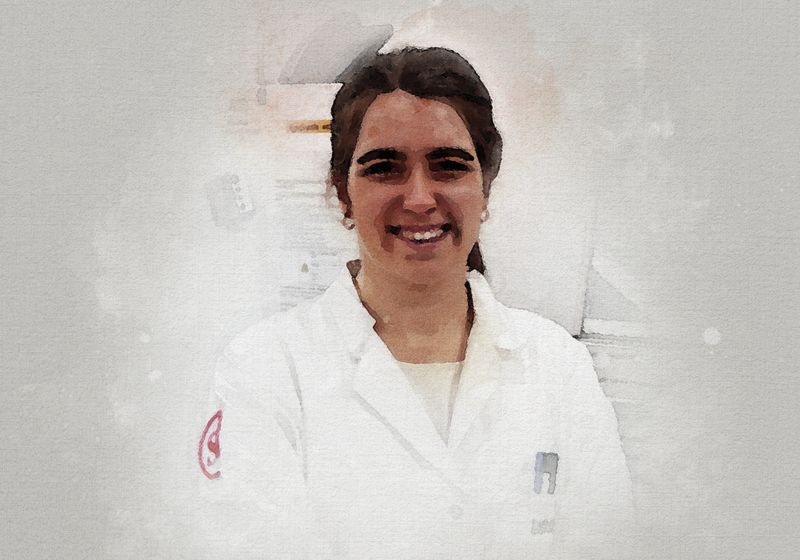Through 3D printing and drug delivery innovation, this postdoc designs biocompatible devices that reduce antibiotic use and advance patient-centered therapies.
Q | Write a brief introduction to yourself including the lab you work in and your research background.
I’m Clara Guarch-Perez, a postdoctoral researcher at the Swiss Federal Laboratories for Materials Science and Technology, where I develop cutting-edge antimicrobial coatings for dental implants alongside Straumann AG and Oerlikon. With expertise in 3D-printed antimicrobial devices, drug delivery, and rapid infectious disease diagnostics, I’ve published 11 peer-reviewed papers and led collaborative projects across Europe. My mission? To create smart, biocompatible materials that deliver targeted antimicrobial therapy and improve infection diagnosis—helping reduce antibiotic use and fight the growing threat of antimicrobial resistance.
Q | How did you first get interested in science and/or your field of research?
My parents gave me a microscope when I was seven years old because my grandma noticed how curious I was about the world around me. That early gift sparked a lifelong passion for science and discovery. Fueled by this curiosity, I pursued life sciences, earning a Bachelor’s in biotechnology from Valencia and a Master’s in medical microbiology at the University of Manchester.
During my studies, I became deeply aware of the global threat posed by bacterial infections in medical devices and antimicrobial resistance, inspiring me to find effective prevention and treatment strategies. This led me to pursue a PhD at Amsterdam UMC through the Marie Curie PRINT-AID network under the supervision of Dr. Zaat, who has been a great inspiration for my research path.
My work focused on developing and evaluating 3D-printed drug delivery systems to prevent infections related to medical devices. I collaborated with multiple institutions to create antimicrobial biomaterials, such as fixation plates and catheters, and developed protocols to study antimicrobial release and antibiofilm activity in environments mimicking body tissues.
This experience highlighted the importance of interdisciplinary collaboration among microbiologists, clinicians, and engineers to develop patient-centered antimicrobial solutions. I am deeply grateful for all that I have learned throughout the years.
Q | Tell us about your favorite research project you’re working on.
At the moment, I am working on novel antimicrobial dental implants. Dental implants are unique compared to other medical devices because they interact with the complex oral microbiome. This presents a fascinating challenge—and opportunity—to design implants that not only prevent infections but also maintain the balance of bacteria naturally present in the mouth. This complexity broadens my perspective on how these implants should be developed to effectively prevent infections while supporting oral health.
Q | What do you find most exciting about your research project?
The most exciting part of my scientific journey so far has been my PhD. It gave me the opportunity to learn from some of the leading scientists in Europe in the field of biomaterial-associated infections and explore cutting-edge topics like 3D printing of drug delivery systems. I especially enjoyed collaborating with clinicians in the hospital to understand patient needs firsthand, while also working alongside chemical engineers, mechanical engineers, microbiologists, and industry partners. It was a long and challenging path, but incredibly inspiring and rewarding.
Q | If you could be a laboratory instrument, which one would you be and why?
I would love to be a scanning electron microscope because I love looking at bacteria forming biofilms on the surface of biomaterials.
Are you a researcher who would like to be featured in the “Postdoc Portraits” series? Send in your application here.

